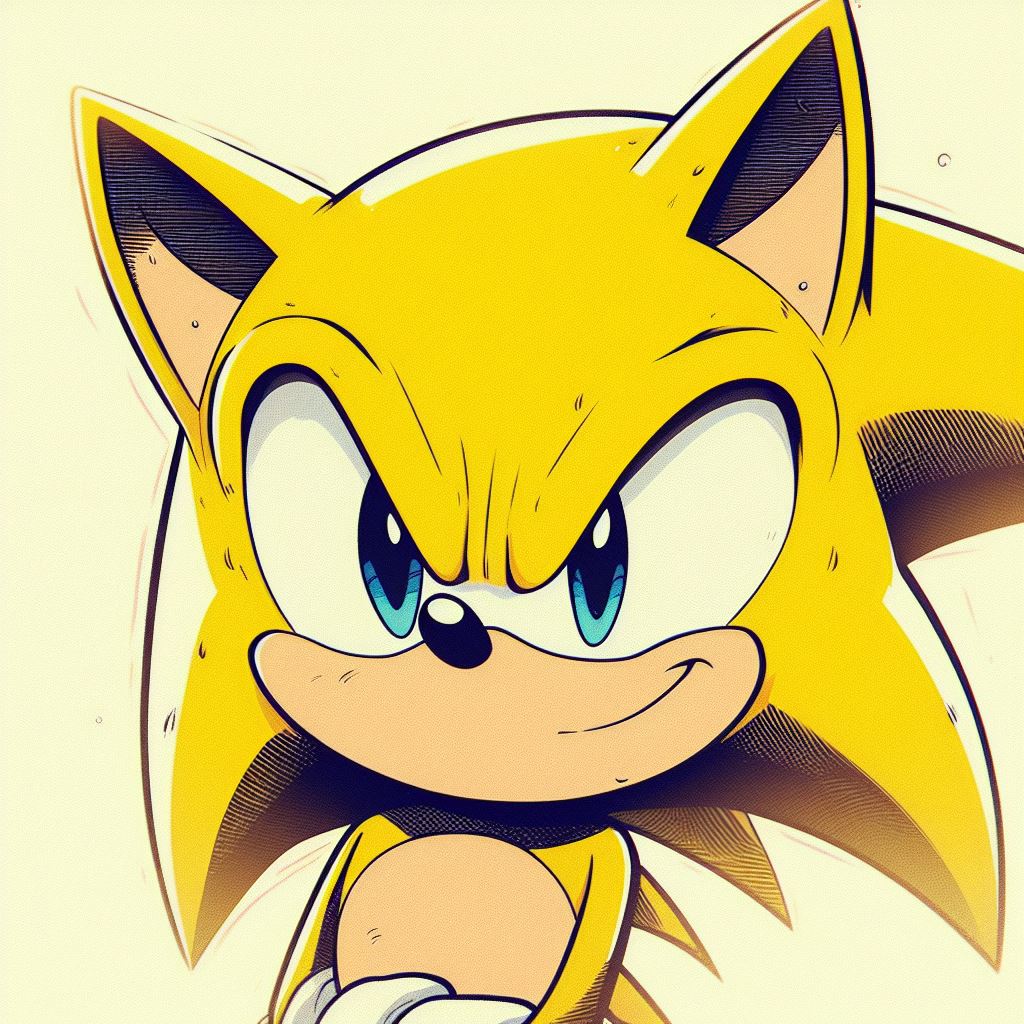The relationship between mother and child may offer clues to the mystery of why humans live longer lives than expected for their size – and shed new light on what it means to be human.
“It’s one of the really mysterious things about humans, the fact that we live these super long lives as compared to so many other mammals,” said Matthew Zipple, Klarman Postdoctoral Fellow in neurobiology and behavior in the College of Arts and Sciences. “What we’re putting forward is that a part of the explanation for our long lifespan is this other foundational aspect of our lives, which is the relationship between the mother and her child.”
The paper, “Maternal Care Leads to the Evolution of Long, Slow Lives,” published in the Proceedings of the National Academy of Sciences on June 14.
In their models, Zipple and co-authors found consistently that in species where offspring survival depends on the longer-term presence of the mother, the species tends to evolve longer lives and a slower life pace, which is characterized by how long an animal lives and how often it reproduces.
“As we see these links between maternal survival and offspring fitness grow stronger, we see the evolution of animals having longer lives and reproducing less often – the same pattern we see in humans,” Zipple said. “And what’s nice about this model is that it’s general to mammals overall, because we know these links exist in other species outside of primates, like hyenas, whales and elephants.”
Zipple and co-authors provide a universal mathematical model that demonstrates the relationship between the maternal survival and fitness of offspring on the one hand, and on the other, pace of life. Two additional empirical models incorporate the types of data about maternal survival and offspring fitness collected by field ecologists. Zipple said the hope is that these models can be further tested and utilized by field ecologists to predict how maternal care and survival impacts the evolution of a species’ lifespan



This… Just seems like documentation about K type reproductive strategies vs R type.
Except they’ve taken K vs R and added some weird conservative “women are for breeding” undertones.
It seems to me that the studying is focusing on the extent to which the life of mothers affects the life of children, particularly looking at multiple stages of life including menopause whereupon the mothers of mothers can directly contribute. It isn’t really about K vs. R, but rather understanding that primate mammals are already type K (investing more heavily in fewer offspring) what the effects of self-preservation on the mother are.
Regarding the comment on “weird conservative ‘women are for breeding’ undertones”
That seems like a strangely anthropocentric viewpoint. For most primates other than humans, breeding and childrearing are dominated by the females because the successful strategy for males is often to try to impregnate as many females as possible, and the successful strategy for females is often to try to have sex with as many males as possible to help reduce the chances of infanticide.
It was with the homo sapiens larger brain and the greater negative effect on females that cooperative reproduction strategies became particularly important.